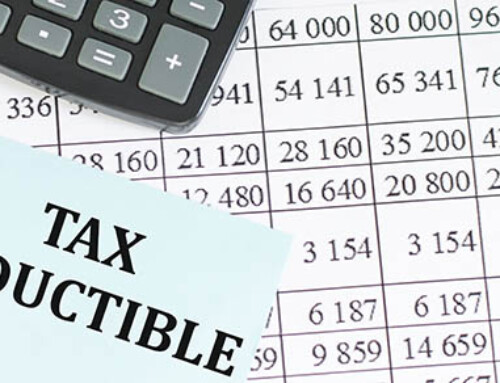
RESEARCH EXPENSES
Under the Tax Cuts and Jobs Act (TCJA), for taxable years beginning after December 31, 2021, specified research or experimental expenditures must be capitalized and amortized over five years (15 years for expenditures which are attributable to research conducted outside the United States). Under the TCJA provision, all research expenses are amortized beginning with the midpoint of the taxable year in which such expenses are paid or incurred.
Defining research and experimental expenditures
For taxable years beginning before January 1, 2022, it didn’t matter much whether a taxpayer classified an expenditure as an ordinary and necessary business expense or as research and experimental (R&E) expenditures because either way, the taxpayer could deduct the full amount in the year it was incurred.
But, with the TCJA’s requirement that research and experimental expenses must be amortized and capitalized for taxable years beginning after December 31, 2021, the classification becomes very important.
The IRS defines research and experimental expenditures as research and development costs in the experimental or laboratory sense, which include all costs that are incident to the development or improvement of a product.
The regulations do not provide an exhaustive list of what constitutes research and experimental expenditures. However, the regulations provide an example of a business that purchased a building, 50% of which is used in connection with a special research project. The example defines the following expenditures as research expenditures:
- Salaries and wages;
- Heat, light, and power;
- Drawings;
- Models;
- Laboratory materials;
- Attorneys’ fees; and
- Depreciation.
In addition, the IRS has provided two Revenue Rulings, where it determined that overhead and other indirect costs that are connected to research are classified as research and experimental costs.
R&E costs under IRC §174 distinguished from IRC §41
Qualified research expenses for purposes of the credit for increasing research activities under IRC §41 (commonly known as the R&D Credit) are defined more narrowly than deductible R&E expenditures under IRC §174.
Where Rev. Rul. 73-20 and Rev. Rul. 73-275 provide that overhead costs are classified as R&E expenditures under IRC §174, the IRS has held that depreciation, overhead costs, general and administrative costs, and other indirect expenses are not qualified research expenses for purposes of the IRC §41 R&D Credit.
Tax professionals can use qualified research expenses under IRC §41 as a starting point to identify R&E expenditures but must go further to identify all R&E expenditures that must be capitalized.
The regulations do provide a list of expenditures that are specifically excluded from the definition of research and experimental expenses under IRC §174:
- The ordinary testing or inspection of materials or products for quality control;
- Efficiency surveys;
- Management studies;
- Consumer surveys;
- Advertising or promotion;
- The acquisition of another’s patent, model, production or process; or
- Research in connection with literary, historical, or similar projects.
(Treas. Regs. §1.174-2(a)(6))
Change of accounting method
The requirement that research and development expenses must be capitalized is treated as a change in accounting method using a cut-off method, requiring taxpayers to file Form 3115, Application for Change in Accounting Method.
Disposition, retirement, or abandonment
Under the TCJA provision in effect for taxable years beginning after December 31, 2021, if any property with respect to an amortized research or development expenditure is disposed of, retired, or abandoned during the five- or 15-year amortization period, then the taxpayer must continue to amortize the expenditure over the applicable amortization period. (IRC §174(d))
Special rules
IRC §174, in effect for taxable years beginning after December 31, 2021, contains special rules pertaining to land and improvements, exploration expenditures, and software development expenditures.
Any research expenditures for the acquisition of land or improvements are not subject to the rules of IRC §174. Land and improvements must be depreciated under the rules of IRC §167 (depreciation) or §611 (depletion). (IRC §174(c)(1))
Similarly, the TCJA’s amortization rules for research or experimental expenditures do not apply to exploration expenditures to ascertain the existence, location, extent, or quality of any deposit of ore or other mineral (including oil and gas). (IRC §174(c)(2))
However, any amount paid or incurred in connection with the development of any software is specifically treated as a research or experimental expenditure. (IRC §174(c)(3))
R&D credit interplay
Taxpayers must reduce their capitalized research expenditures by the amount of any Research and Development Credits claimed. (IRC §280C(c)(1))
If you have any questions regarding research expenses and how they may effect you, please contact your Linkenheimer CPA.






Leave A Comment